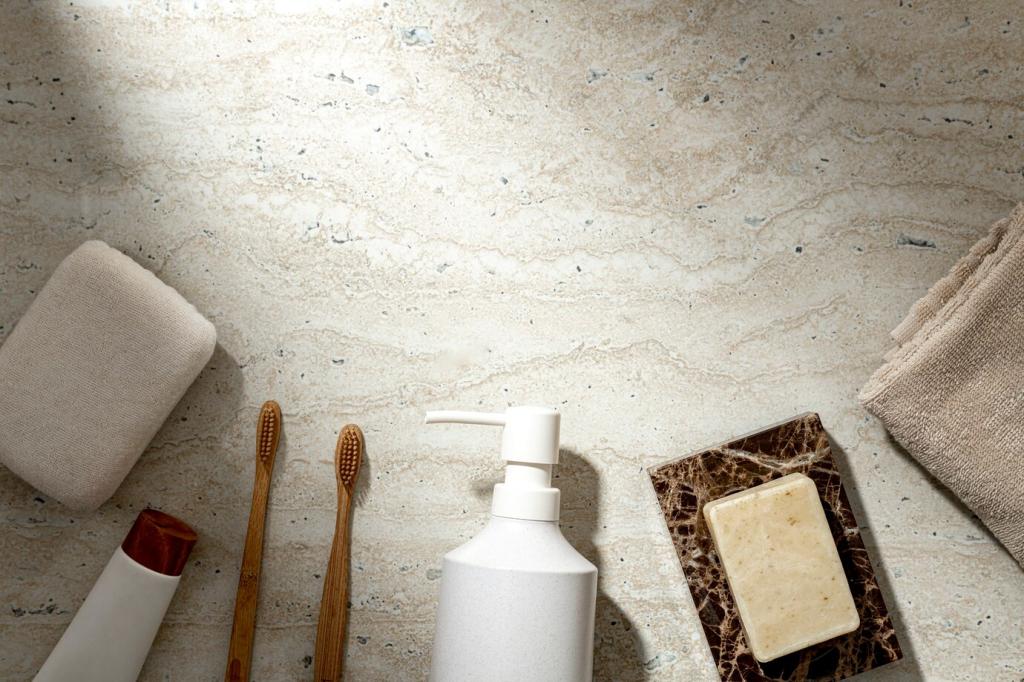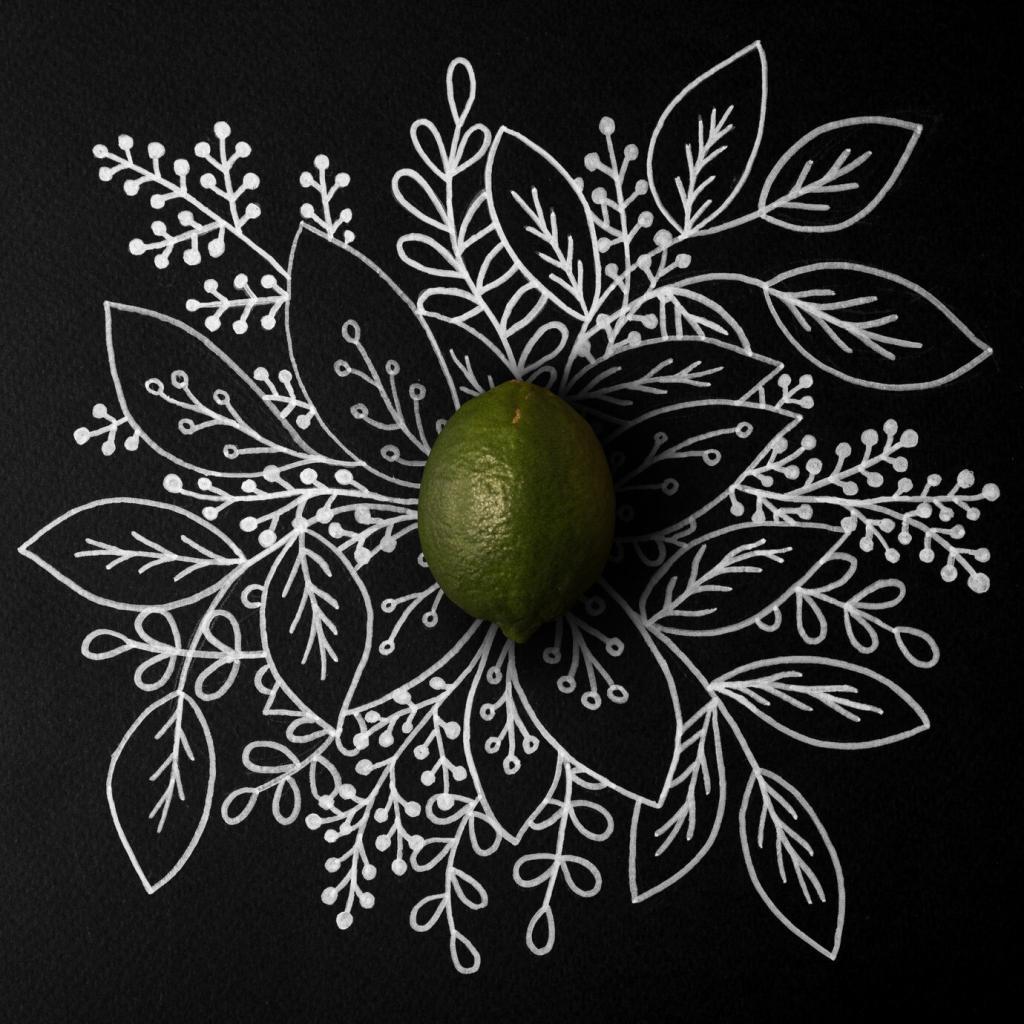This website uses cookies so that we can provide you with the best user experience possible. Cookie information is stored in your browser and performs functions such as recognising you when you return to our website and helping our team to understand which sections of the website you find most interesting and useful.
Innovative Approaches to Eco-Friendly Interior Design
Eco-friendly interior design is more than a fleeting trend; it’s a transformative movement redefining the way we inhabit spaces. By seamlessly integrating sustainability, health-conscious choices, and innovation, modern interiors are being reimagined to protect both our well-being and the planet. This approach goes beyond material selection, encompassing the ethos of minimal waste, resource efficiency, and mindful living. From cutting-edge fabrication techniques to thoughtful space planning, eco-friendly interior design prioritizes harmony with nature while maintaining aesthetic appeal. In this guide, discover groundbreaking strategies reshaping interior environments, empowering homeowners, designers, and businesses to make responsible decisions without sacrificing comfort or style.


Sustainable Materials and Responsible Sourcing


Low-Emission Finishes and Furnishings
Active and Passive Ventilation
Plant-Integrated Design
Circular Economy and Upcycling Practices
Embracing Furniture Longevity
Creative Upcycling
Circular Product Design




Local Artisanship and Cultural Heritage


